John Scott is introduced to the DIMD PP10 and falls a little in love with a Latvian beauty.
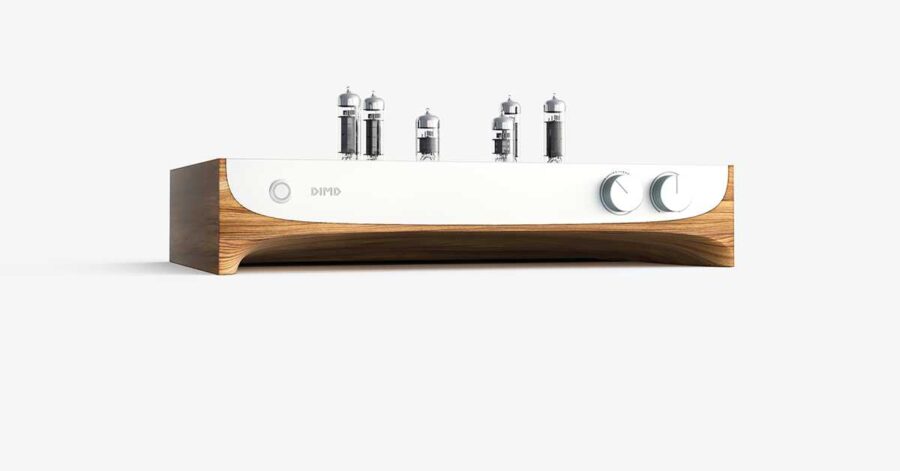 The birth of the DIMD PP10 is a little bit of a love story. Latvian designer Edgars Spārmins noticed that his wife, a well-known violinist, always seemed to be dissatisfied when listening to music on their stereo system. With a PhD in physics and a deep love of music himself, Edgars decided to build a valve amplifier for his wife, Marta. She loved it immediately and so Edgars spent another year getting it to look just as he wanted it to. The result is the elegantly beautiful PP10.
The birth of the DIMD PP10 is a little bit of a love story. Latvian designer Edgars Spārmins noticed that his wife, a well-known violinist, always seemed to be dissatisfied when listening to music on their stereo system. With a PhD in physics and a deep love of music himself, Edgars decided to build a valve amplifier for his wife, Marta. She loved it immediately and so Edgars spent another year getting it to look just as he wanted it to. The result is the elegantly beautiful PP10.
UNBOXING
The PP10 arrived in a thick cardboard packing case, approximately twice the size of the PP 10’s actual dimensions. This is because the PP10 comes tightly enclosed in an extruded foam liner large and thick enough to keep it safe from harm. The liner includes cutouts for the boxes that contain the valves, the valve cages and the power cable and the whole package is accompanied by a clearly written and comprehensive instruction manual.
Removing the PP10 from its packaging, I was immediately struck by its solidity. Measuring 430 x 159 x 280 mm, it is a fairly compact unit and at 9 kg it is far from backbreakingly heavy but its weight to size ratio feels just right and gives an immediate feeling of quality.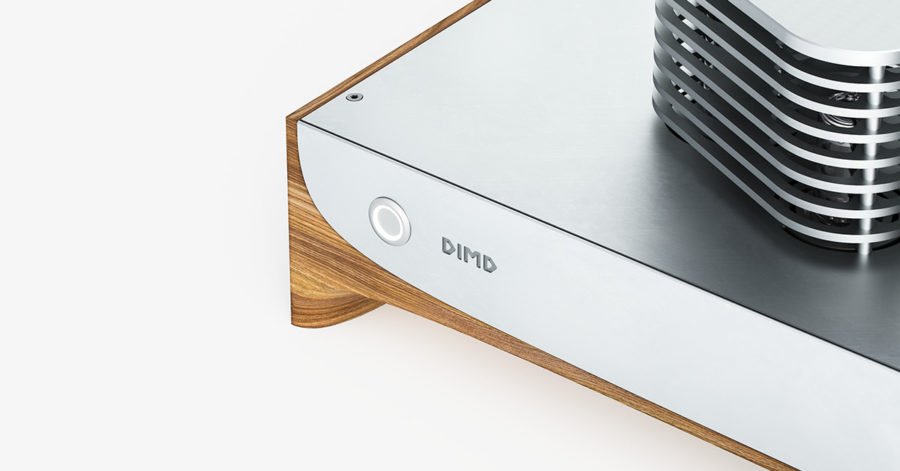
The PP10 uses four EL84 pentode in the power stage and two ECC83 valves in the pre-amp sstage-matched for optimum performance. These need to be pushed firmly into place in their respective ports before the amplifier is powered up. The valves are configured into two groups with two EL84s and one ECC83 in each group. The valves can be left exposed, or if desired, each group can be covered by a cage. As I have a five-year-old granddaughter who visits regularly I decided that fitting the cages would be the sensible option. In any case, unlike with the majority of valve amps I have seen, the cages were aesthetically pleasing and actually added something to the overall appearance of the amp.
Fitting the cages is slightly fiddly but not massively so. Three small pins on each cage fit into holes in the amp to position them correctly and a central screw is tightened to keep them in place. The screw is tightened using a small Allen key. Because of the design of the cage it can only be turned by a quarter-turn at a time and needs about twenty-five quarter-turns to be fully tightened. Remember what I said about making sure that the valves are securely fitted; you don’t want to have tightened up the cages and then find that a couple of your valves are standing at jaunty angles. Not that that happened to me, of course.
Anyway, after I had loosened off the cages, pushed the valves in more securely and tightened up the cages again I was ready to power up the amp. As this was a review model it had already been burned in but I gave it half an hour or so so warm up while I put away its packaging and had a cup of coffee.
As you can see from the photographs, the external appearance of the PP10 is clean, simple and to my mind, elegantly beautiful. The chassis is made from CNC machined 5mm aluminium with a satin anodised finish. The base is also CNC machined from solid oak and the two parts fit together seamlessly; there is not a rough edge in sight.
The front panel is stylishly minimalistic with a small power button on the left and volume and input controls to the right. These controls (it would do them a disservice to describe them as knobs) share the same sense of quality as the rest of the unit; the volume control moves smoothly and allows a wide span of operation while the input selector moves easily between selections with a reassuring click.
Quality continues on the rear panel with four sets of RCA inputs, high-quality speaker outputs, a pair of fuse holders and a secure mains input which locks the cable in place and prevents it from being accidentally removed.
SOUND
Having given the PP10 a little bit of time to warm up, it was time to see what it could do. The first track I chose was John Martyn’s Solid Air. If I had been struck by the PP10’s appearance, then I was immediately impressed by its sound. This is one of my favourite tracks but I was immediately struck by its presentation here, particularly in the way that the instruments hung together and supported Martyn’s vocals. It was as close as I’ve come with this track to a sense of “being there”.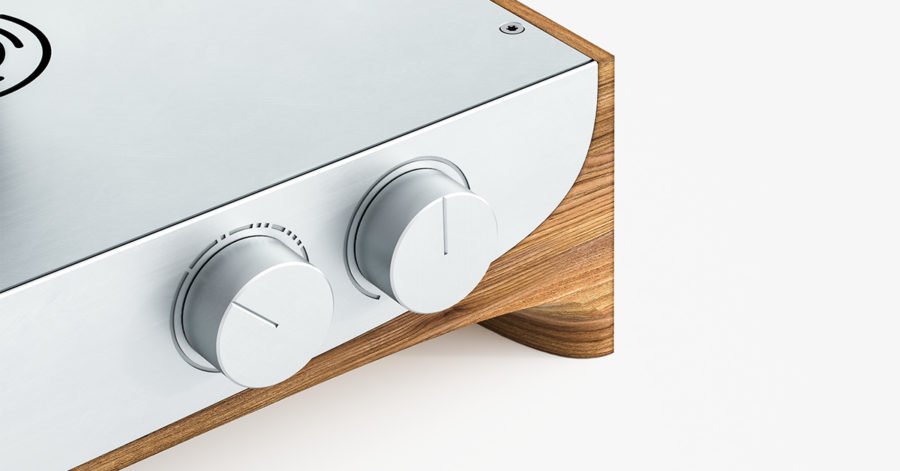
I have learned that immediate impressions are not always reliable but everything I threw at this amp over the course of the evening continued to surprise and delight me. After a few days, when I had almost got used to the idea of being continually delighted, not that you can ever get used to such a thing, I began to appreciate just what it was that pleased me so much about this amp; it was a sense of dynamism. Dynamic might not be the first word that would spring to mind when discussing an amp with a power output of 10 watts per channel. If it wasn’t a huge power reserve that was producing this, then what was it? There is a well-known solid-state amplifier manufacturer who has made pace, rhythm and timing their hallmark and it is these qualities that the PP10 has in spadefuls. When the notes are starting and stopping cleanly and precisely when your feet are tapping and your fingers are drumming along with music then you know that the amp is doing something right.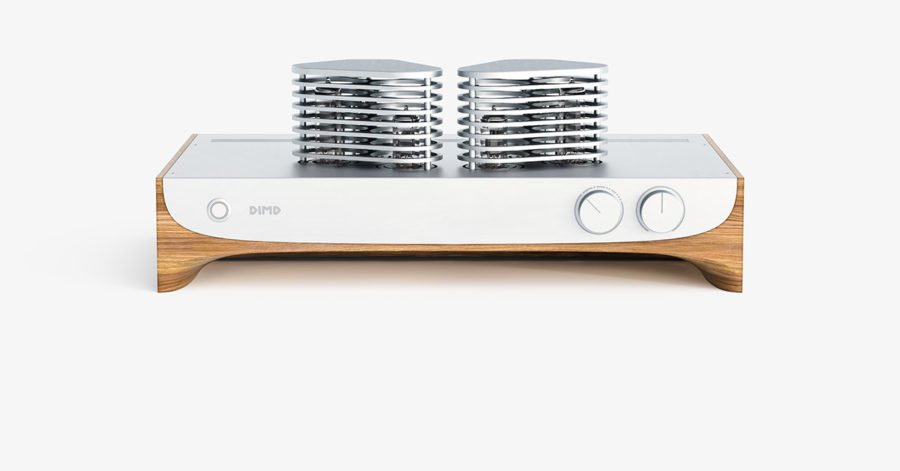
Whatever music I threw at the PP10, it handled it superbly: classical, acoustic, unaccompanied vocal, hard rock or electronica; nothing fazed it. I’ve found Benjamin Britten’s A Young Person’s Guide To The Orchestra to be a useful reviewing tool as it’s not only a great piece of music but it shows off each section of the orchestra individually in terms of their physical position in the orchestra and their range of tonality. As the melody moved from the strings, through to the woodwind, brass, basses and percussion, again there was that sense of being there.
Each listening session and there were many, ended with the same thought: “I wish I could own this amplifier”. And that’s the bottom line really, isn’t it?
CONCLUSION
The DIMD PP10 is a beautifully crafted, fuss-free valve amplifier that sounds as good as it looks. While not the most expensive nor objectively the “best” amplifier I have heard recently, it is certainly the most persuasive and easiest to live with. If I had around £3000 to spend on an amplifier right now, the DIMD PP10 would be my first choice.
AT A GLANCE 
Build Quality: Excellent build and finish.
Sound Quality: Dynamic and fast despite its modest 10w output.
Value For Money: Great sound and fabulous finish render this price-point very fair.
Pros: Beautiful, simple design. Excellent craftsmanship. Lovely, engaging sound
Cons: I can’t honestly think of one. Perhaps it could come in other wood finishes.
Price: £2795
John Scott
SPECIFICATIONS
Operating mode class: AB
Output topology: Push-Pull, UL
Output tubes: 4 x EL84
Driver tubes: 2 x ECC83
Nominal speaker impedance: 6 or 8 Ohm
Maximum power: 2 x 10 Watt
Inputs: 4 RCA pairs
Input sensitivity: 420 mV
THD @ 1W (1kHz): < 0.1 %
THD @ 10W (1kHz): < 0.3 %
Frequency response (+0/-0.5 dB): 20 – 20 000 Hz
Power bandwidth (+0/-3.0 dB): 10 – 40 000 Hz
Dynamic range: 90 dB
Stereo crosstalk @ 1W: -65 dB
Output impedance @ 1W: 2.8 Ohm
Global NFB: 6 dB
Mains voltage: 230 VAC / 50 Hz
Power consumption: 100 W
Dimensions: 430 x 159 x 280 mm
Weight: 9 kg











































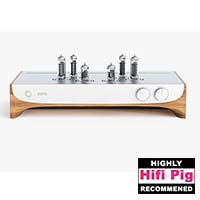
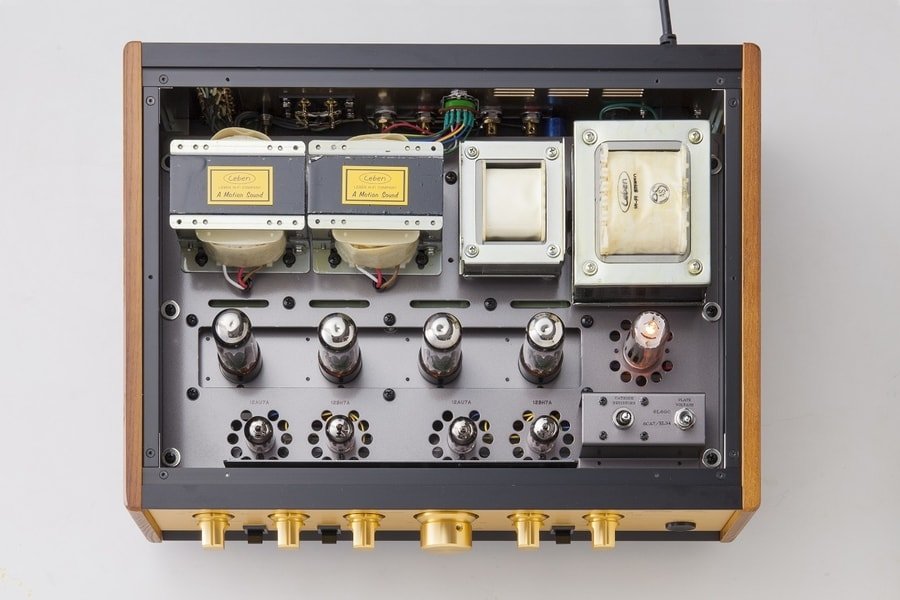
















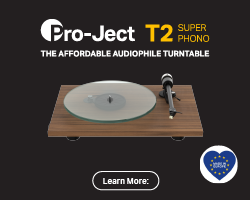
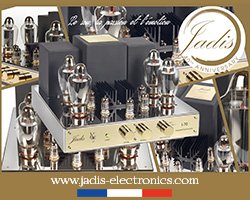






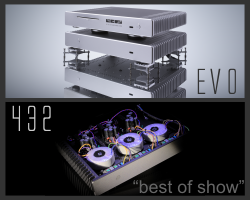






















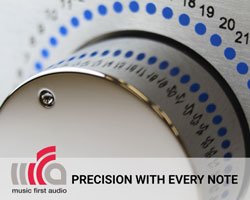




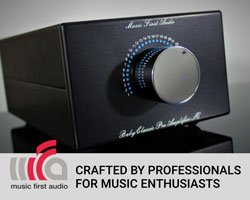





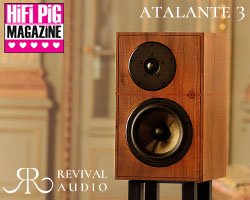
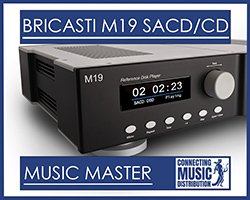





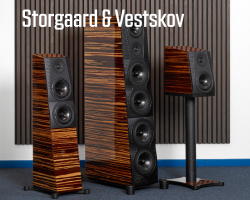























































You must be logged in to leave a reply.